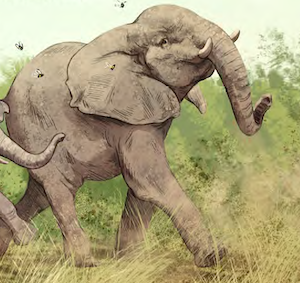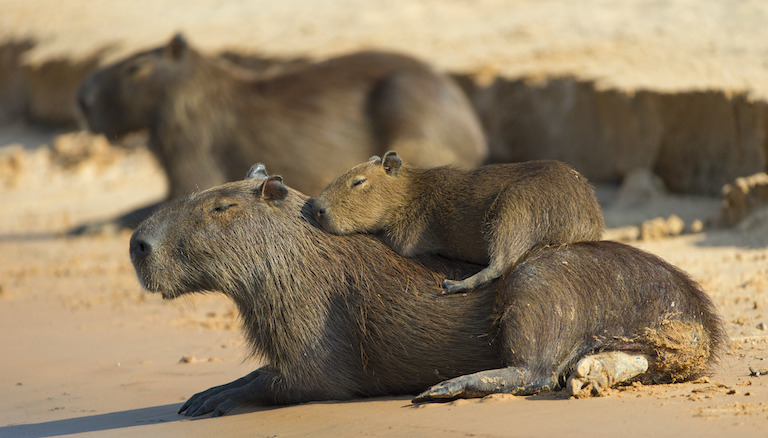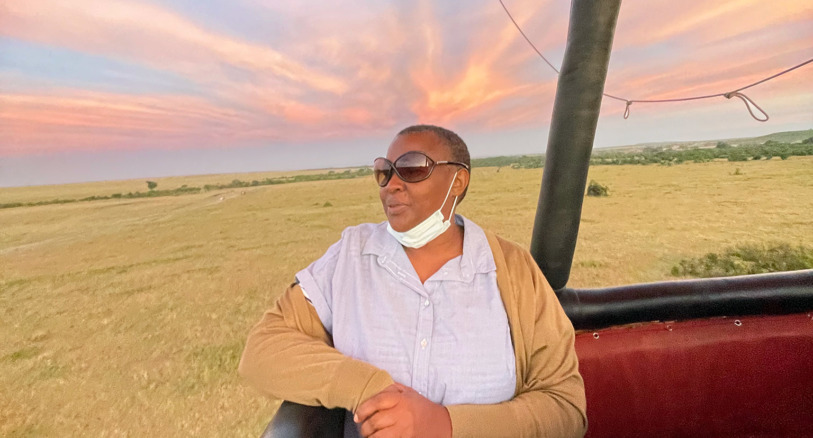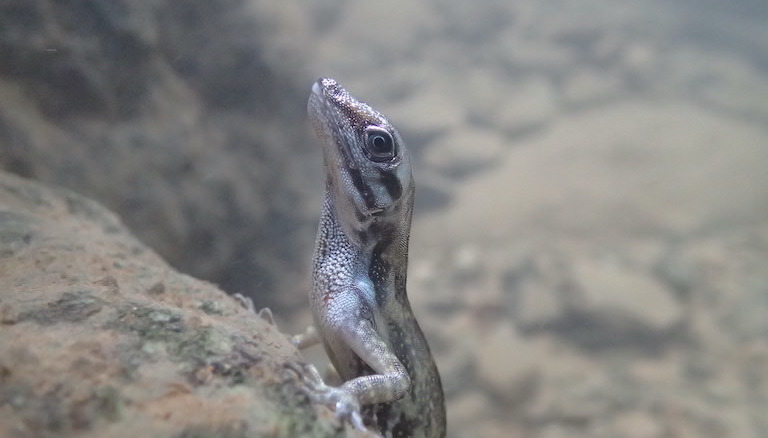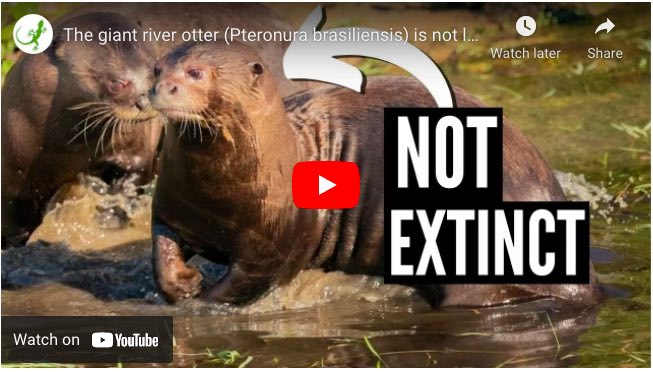
According to a recent study, cows can be potty trained just as quickly, if not quicker, than most toddlers. Image courtesy of Leibniz Institute for Farm Animal Biology.
What is a MooLoo?
Researchers have developed a special toilet for cows, which they have nicknamed the MooLoo. A loo is an informal name for a toilet used in Britain and some other countries.
The researchers from the Leibniz Institute for Farm Animal Biology in Germany trained young cows to urinate in the MooLoo. The researchers used special treats like barley and molasses to reward cows for going potty in the MooLoo. It didn’t take long to train the cows.
Why go to the trouble of potty-training cows?
You might have heard that cow farts are bad for the climate. This is because cow farts contain methane, which is harmful to the atmosphere. Cow urine also contributes to greenhouse gas emissions. Cow urine contains ammonia. When cow urine and poop mix with microbes in the soil, another greenhouse gas called nitrous oxide is released.
Researchers are interested in developing farming methods that release less greenhouse gases into the atmosphere. Training cows to urinate in the MooLoo is one step in this process. The hope is that cow urine captured in the toilet could be treated and disposed of in a more climate-friendly way.
Watch video of a potty-trained cow:
Adapted from a story by Emily Moskal featured on Mongabay.com. Click the link to read more!
Citation for the research paper on potty-trained cows:
Dirksen, N., Langbein, J., Schrader, L., Puppe, B., Elliffe, D., Siebert, K., Rottgen, V., Matthews, L. (2021). Learned control of urinary reflexes in cattle to help reduce greenhouse gas emissions. Current Biology, 31(17). doi: 10.1016/j.cub.2021.07.011

